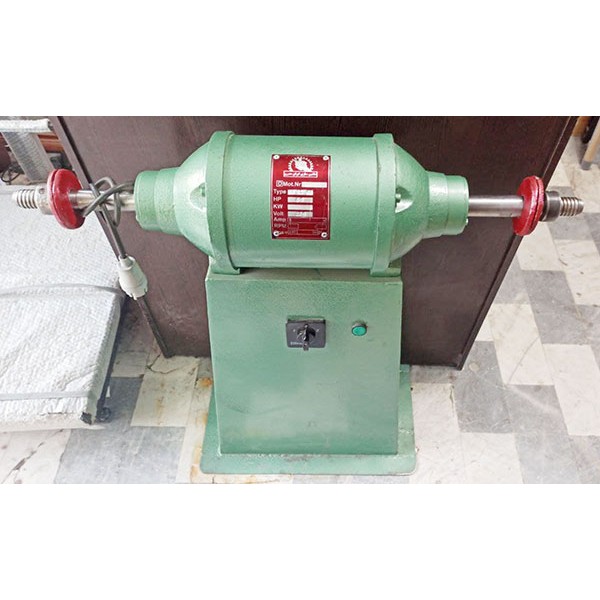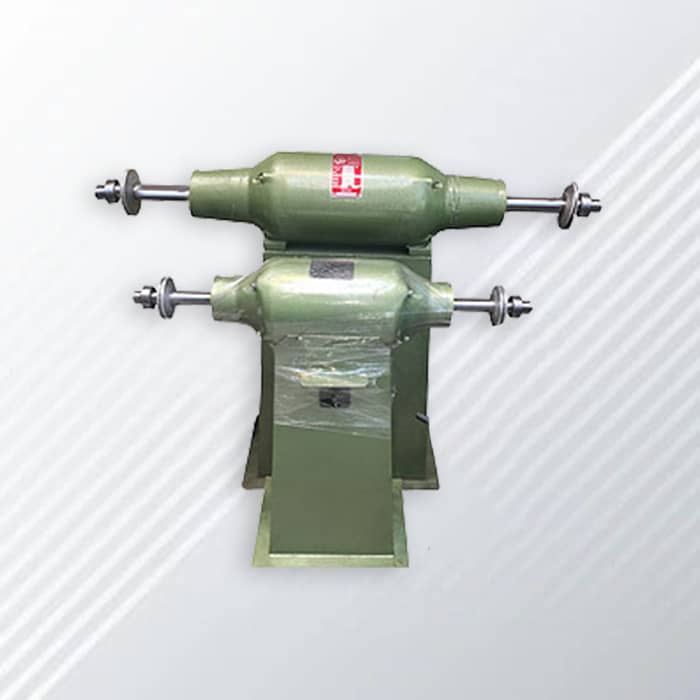
Buffing machines, also known as polishing machines, are power tools used to smooth, shine, and clean various surfaces. They achieve this by using a rotating wheel made of cloth, felt, or other soft materials, along with abrasive compounds. These machines are essential in numerous industries, from automotive and aerospace to jewelry making and metal fabrication. The primary goal is to improve the surface finish of a workpiece, removing imperfections and creating a reflective or aesthetically pleasing appearance.
Understanding the role and application of buffing machines is crucial for anyone involved in manufacturing, restoration, or finishing processes. They provide efficiency and consistency that hand polishing simply cannot match.
For more information on abrasive products, visit Tehran Polish.
There are several types of buffing machines, each designed for specific tasks and industries:
The choice of machine depends on the size of the workpiece, the type of material, and the desired finish.
Learn more about polishing compounds at Polishing Tehran.
Understanding the key components of a buffing machine is essential for effective operation and maintenance:
Correct selection and maintenance of these components are crucial for the longevity and performance of the buffing machine.
The effectiveness of buffing depends heavily on the materials used for both the buffing wheel and the abrasive compound:
Selecting the right combination of wheel and compound is critical for achieving the desired finish.
For information on sandpaper types, check out Tehran Polish.
Buffing machines are used in a wide range of industries for various applications:
The versatility of buffing machines makes them an indispensable tool in many manufacturing and restoration processes.

Using buffing machines offers numerous benefits compared to manual polishing:
These benefits make buffing machines a valuable investment for any business involved in surface finishing.
Safety is paramount when operating buffing machines. Always follow these precautions:
Adhering to these safety guidelines will help prevent accidents and injuries.

Regular maintenance is essential for prolonging the life of your buffing machine:
Proper maintenance will keep your buffing machine running smoothly and efficiently.
Here are some common issues that may arise with buffing machines and how to troubleshoot them:
By addressing these issues promptly, you can minimize downtime and maintain optimal performance.
Choosing the right buffing machine depends on your specific needs and applications. Consider the following factors:
Research different models and read reviews to make an informed decision.

Learn more about polishing materials at Polishing Tehran.
For more experienced users, here are some advanced buffing techniques:
Mastering these techniques can significantly improve the quality of your finished products.
For abrasive selection tips, visit Tehran Polish.
The field of buffing technology continues to evolve, with advancements in automation, materials, and techniques:
These advancements promise to make buffing processes more efficient, sustainable, and precise in the future.

Discover the latest in polishing techniques at Polishing Tehran.



